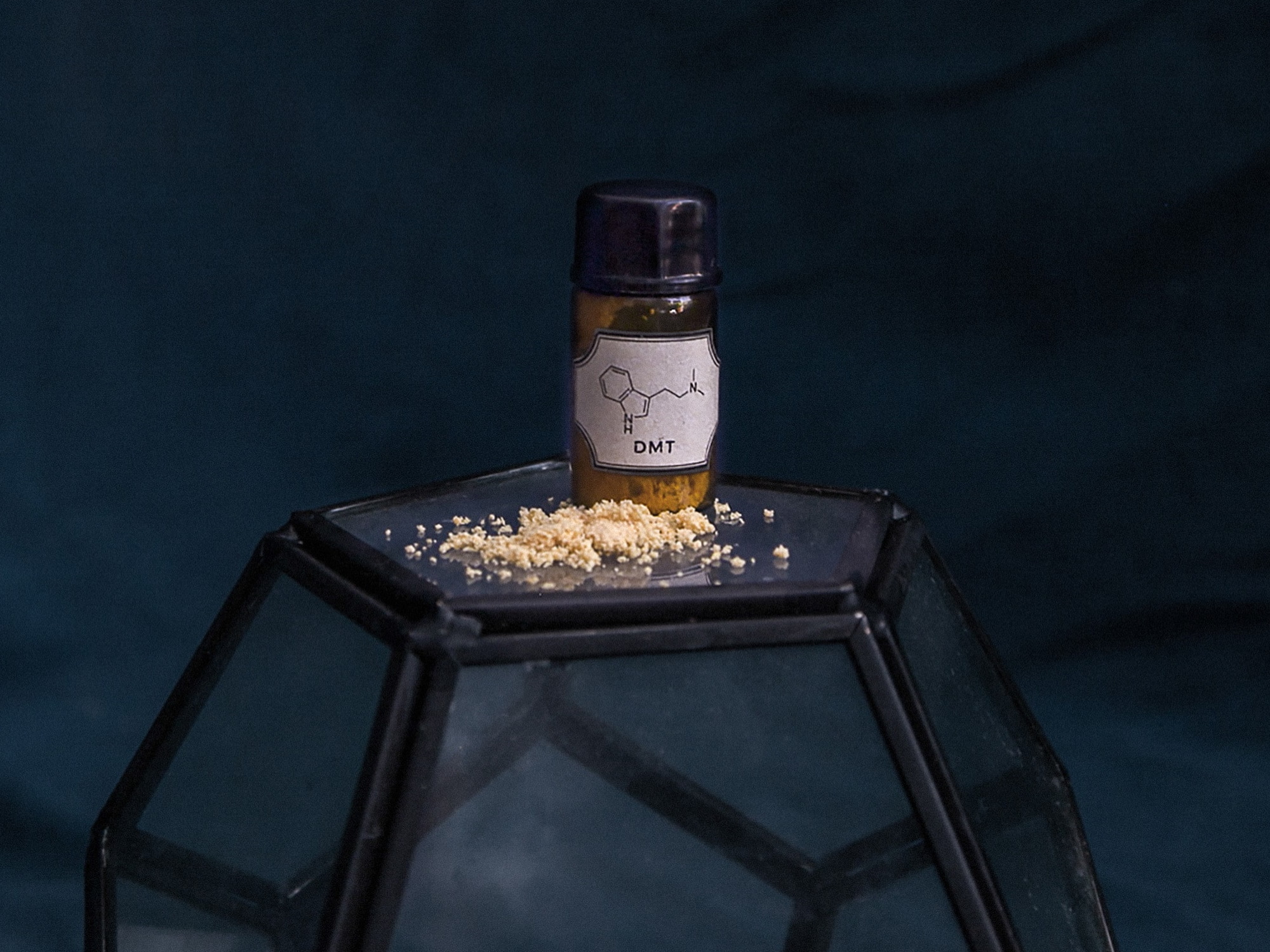Zinc Iodide Anhydrous

What is Lorem Ipsum?
Lorem Ipsum is simply dummy text of the printing and typesetting industry. Lorem Ipsum has been the industry's standard dummy text ever since the 1500s, when an unknown printer took a galley of type and scrambled it to make a type specimen book. It has survived not only five centuries, but also the leap into electronic typesetting, remaining essentially unchanged. It was popularised in the 1960s with the release of Letraset sheets containing Lorem Ipsum passages, and more recently with desktop publishing software like Aldus PageMaker including versions of Lorem Ipsum.
Zinc Iodide Anhydrous
✅ ZINC IODIDE ANHYDROUS (CAS 10139-47-6) – PRODUCT DESCRIPTION
Zinc Iodide Anhydrous is a high-density, white to off-white crystalline inorganic compound with excellent solubility in water. It is widely used in pharmaceuticals, organic synthesis, catalyst systems, electronics, and chemical manufacturing. This highly reactive compound is a valuable source of zinc and iodide ions and is often used in specialty formulations and research. We supply Zinc Iodide in various grades to industries across USA, Malaysia, Vietnam, and Chile.
📦 Industries Used In:
-
Pharmaceuticals
-
Chemical Synthesis
-
Electronics & Optoelectronics
-
Catalysts & Reagents
-
Laboratory & Analytical Applications
🧪 Available Grades:
-
High-Purity Grade
-
Reagent Grade
-
Pharmaceutical Grade
-
Industrial Grade
-
Analytical Grade
⚙️ Functions:
-
Serves as a catalyst or promoter in organic synthesis
-
Used as a reagent in laboratory and chemical analysis
-
Functions as a zinc and iodide source in pharmaceutical applications
-
Applied in electronics for specialized coatings and materials
-
Used in the preparation of iodinated radiographic contrast agents
🧩 Classified Under:
-
Zinc Compounds
-
Iodides
-
Inorganic Salts
-
Specialty Chemicals
-
Metal Halides
CAS Number
10139-47-6
Formula
ZnI2
Molecular Weight
319.22 g/mol
Density
4.74 g/cm3
Gravity
~4.74
Melting Point
446°C